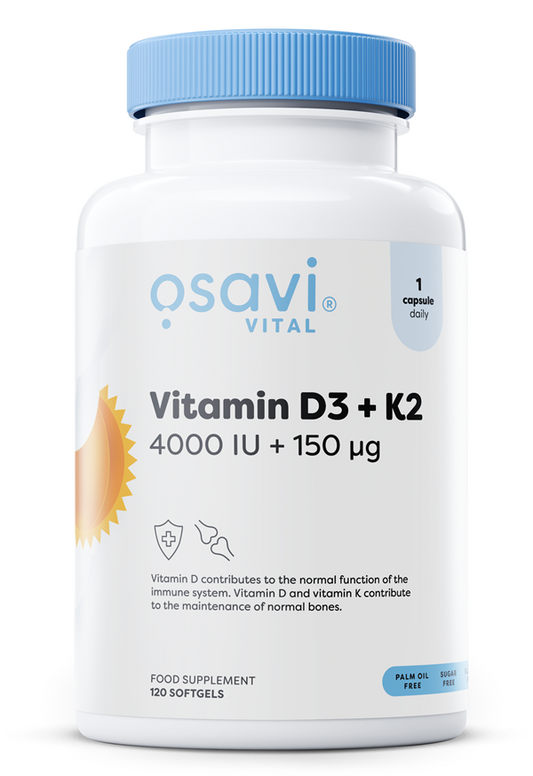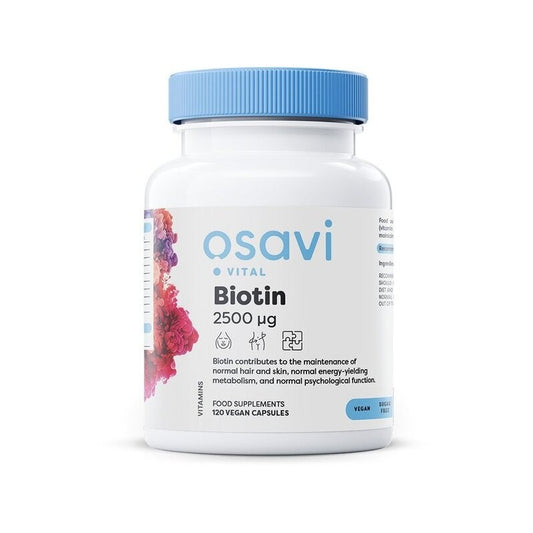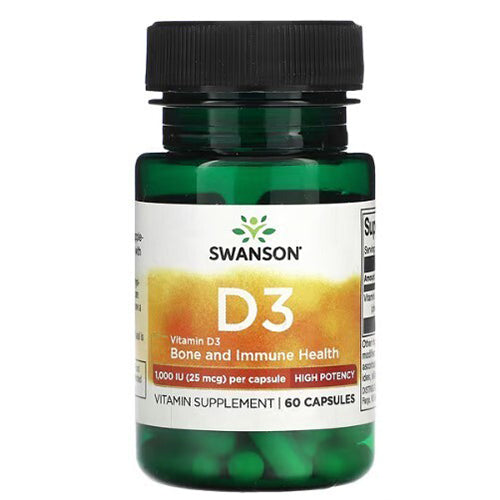
Iron: Best for Energy, Brain, Immunity and More
Jakub SkibaIron: Essential Mineral for Energy, Blood, and Brain Function
Iron is a vital trace mineral that plays a key role in supporting everyday wellness and overall vitality. Although your body needs it in relatively small amounts, iron is crucial for helping maintain energy levels, supporting healthy blood, and promoting normal cognitive function. Most iron is found in hemoglobin, the protein in red blood cells that transports oxygen throughout the body, and in myoglobin, which helps muscles store and use oxygen efficiently. Iron also contributes to the activity of enzymes that help convert food into energy and support other vital cellular processes. Because the body cannot produce iron naturally, it must be obtained regularly through a balanced diet or, when necessary, supplements. Including iron-rich foods in your meals and paying attention to nutrient absorption can help you maintain steady energy, mental clarity, and overall wellbeing throughout the day.
This guide explains what iron is, why it matters, how much you need, the best food sources, signs of low intake, and safe supplement tips.
What Is Iron and Its Role in the Body
Iron is a trace mineral involved in several key processes:
-
Oxygen Support: Helps red blood cells carry oxygen to tissues.
-
Energy Production: Contributes to converting food into usable energy.
-
Brain Function: Supports normal mental performance and cognitive clarity.
-
Cellular Activity: Plays a role in enzyme activity and overall cellular function.
Recommended Daily Iron Intake
Iron needs vary by age, sex, and life stage. Recommended daily intakes are:
|
Age/Sex Group |
Recommended Iron Intake |
|
Infants (7–12 months) |
11 mg/day |
|
Children (1–13 years) |
7–10 mg/day |
|
Teen Boys (14–18) |
11 mg/day |
|
Teen Girls (14–18) |
15 mg/day |
|
Adult Men (19+) |
8 mg/day |
|
Adult Women (19–50) |
18 mg/day |
|
Women 51+ |
8 mg/day |
|
Pregnant Women |
27 mg/day |
|
Breastfeeding Women |
9–10 mg/day |
Types of Iron in Foods
-
Heme Iron: Found in animal products such as red meat, poultry, and fish; absorbed more efficiently.
-
Non-Heme Iron: Found in plant-based foods such as beans, lentils, tofu, and fortified cereals; absorption improves when paired with vitamin C-rich foods.
Top Food Sources of Iron
-
Heme Iron (Animal Sources): Beef, lamb, pork, chicken, turkey, tuna, sardines, clams, mussels, oysters
-
Non-Heme Iron (Plant Sources): Lentils, chickpeas, beans, tofu, tempeh, fortified cereals, pumpkin seeds, sunflower seeds, leafy greens (spinach, kale, swiss chard)
Tip: Pair non-heme iron foods with vitamin C-rich foods such as oranges, tomatoes, or bell peppers to support absorption.
Signs of Low Iron Intake
Some people may not get enough iron in their diet. Signs of lower iron intake can include:
-
Fatigue or low energy
-
Pale complexion
-
Reduced concentration or mental focus
-
Cold hands or feet
-
Weak nails or hair
Who May Benefit from Iron Awareness
Certain groups should pay closer attention to iron intake, including:
-
Women with regular menstruation
-
Pregnant or breastfeeding individuals
-
Those following vegetarian or vegan diets
-
Individuals with higher physical activity levels
-
People who may have lower dietary iron intake
Iron Supplements: Safe Use Tips
Iron supplements can support intake when dietary sources are insufficient.
Common Types of Iron Supplements:
-
Ferrous sulfate – widely used; may cause mild digestive changes
-
Ferrous gluconate – gentler on the stomach
-
Iron bisglycinate – well-tolerated and easily absorbed
Supplement Tips:
-
Take on an empty stomach if tolerated, or with small meals if needed.
-
Avoid taking with high-calcium foods or beverages like dairy, coffee, or tea, which may reduce absorption.
-
Pair supplements with vitamin C for better absorption.
-
The upper safe intake for adults is 45 mg/day unless advised otherwise by a healthcare professional.
Key Takeaways:
-
Iron supports energy, blood function, and cognitive performance.
-
Heme iron (from animal sources) is absorbed more efficiently than non-heme iron (from plants).
-
Pair non-heme iron foods with Vitamin C-rich foods to enhance absorption.
-
Be aware of dietary needs and consult a healthcare professional before using supplements.









